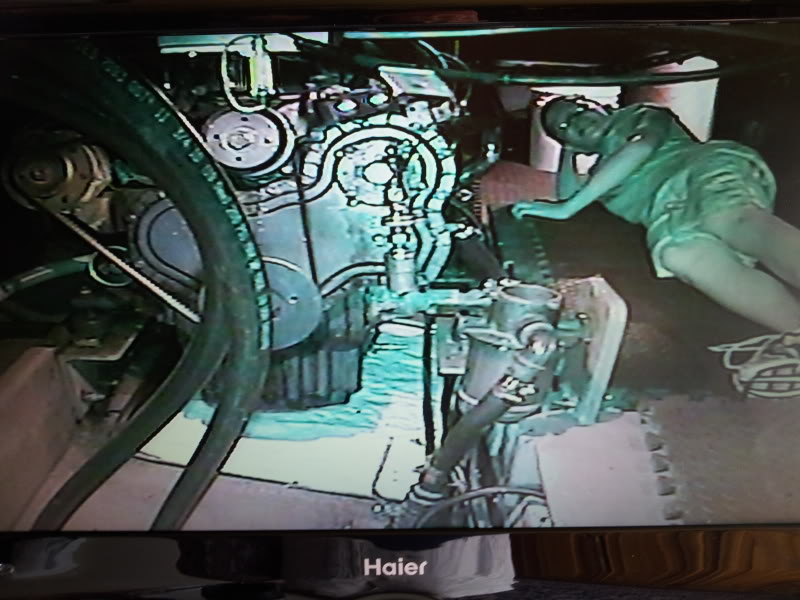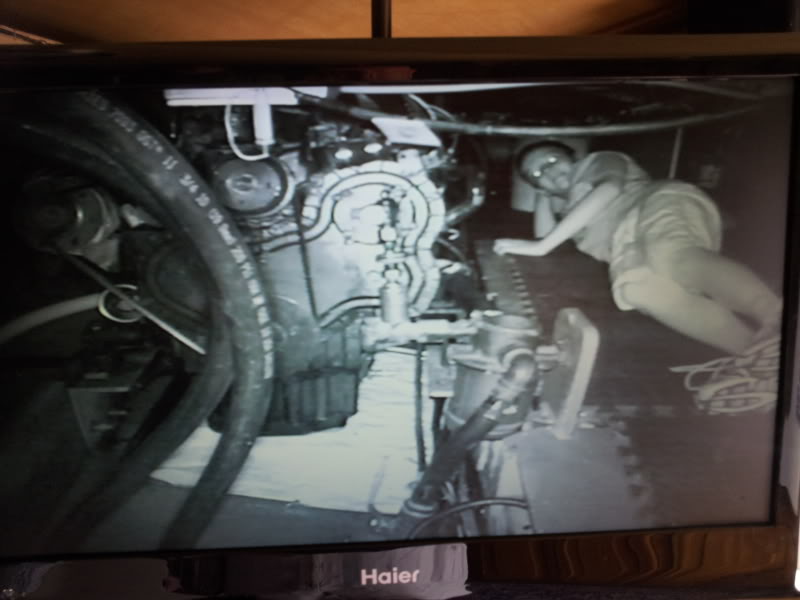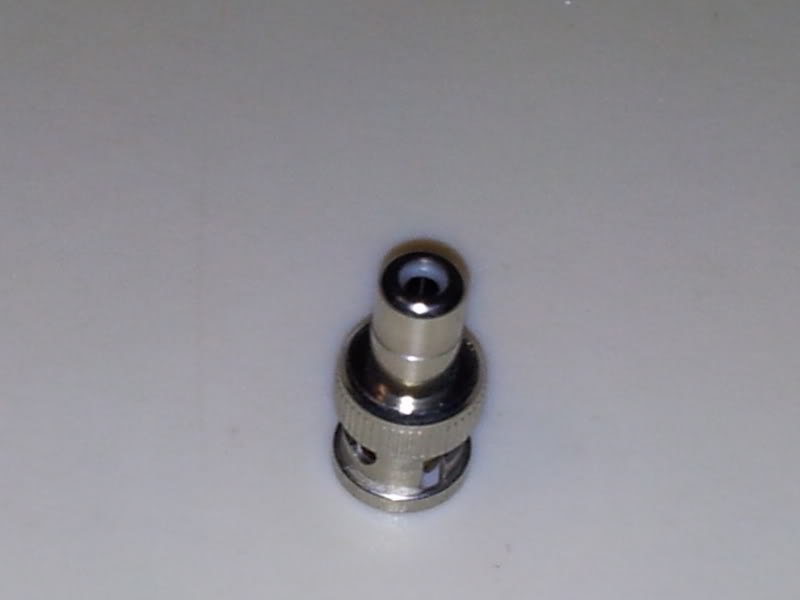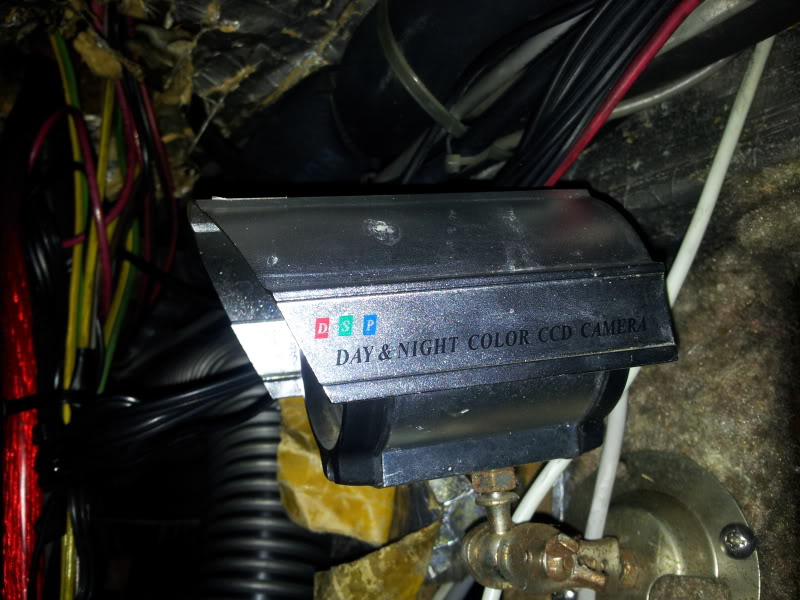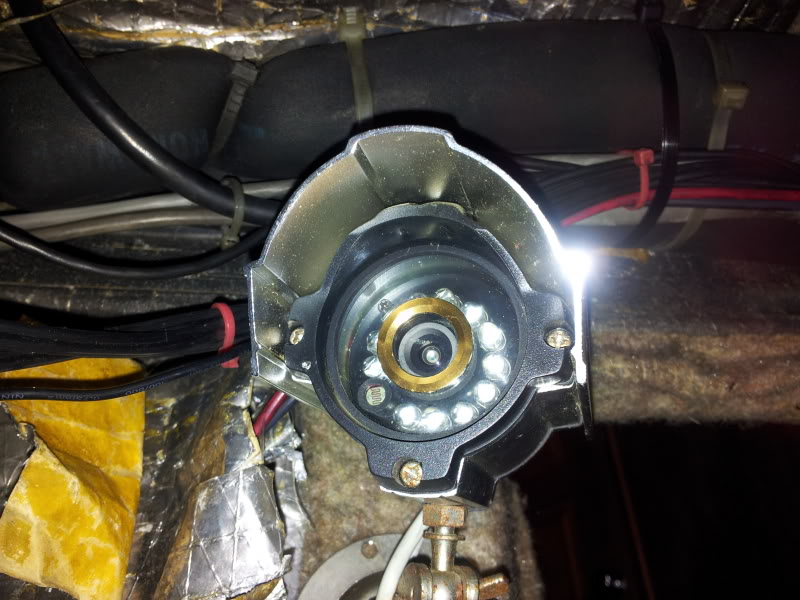Tim, I don't have the camera specs, but they are just standard issue home security cameras from a system I bought years ago at Costco. Here are some pics...
Aquabelle, The panel was designed by me and manufactured by
Front Panel Express. They have some very user-friendly design software that allowed me to lay out the panel as I needed it with materials, fonts, colors of my choosing. The total delivered cost in anodized aluminum was just under $70.
I'll post the panel pic again for easier reference...
The top left Power quadrant serve as on/off switches to the 3 listed items:
1. Video cameras,
2.
Yandina Battery Combiner (It's actually a defeat switch that allows me to prevent the battery combining when on shore power and switch ON during engine alternator charging.), and
3. WIFI is power to my
Rogue Wave WIFI Extender and a wireless router.
I struggled with including the Yandina switch in this panel b/c it really isn't audio, video or wifi, but included it b/c the switch matched the others and I had panel room. All three switches are normally down when closing up the boat.
The bottom left quadrant is contains the four blue camera selector push buttons. I'm only using 1 and 2 for the engines for now. I plan to add an aft-looking camera in the near future.
A 12V outlet is located in the center position and there is a
Tunelink Bluetooth stereo interface unit inserted into the power outlet in the picture. This Tunelink module has a USB charge plug and an aux jack output.
The panel AUX jack connects directly to the stereo input for direct feed of MP3 music players or allows an aux feed via male-to male 3.5mm plug from the Tunelink.
The right section has 2 white speaker selector push buttons which allow me to select salon rear and/or flybridge speakers on the rear channel of the stereo. This combined with the stereo fader control gives us flexibility in selecting or deselecting interior and exterior speakers (with subwoofers) as needed.
All this is powered by the house 12V circuit without any problems so far.

